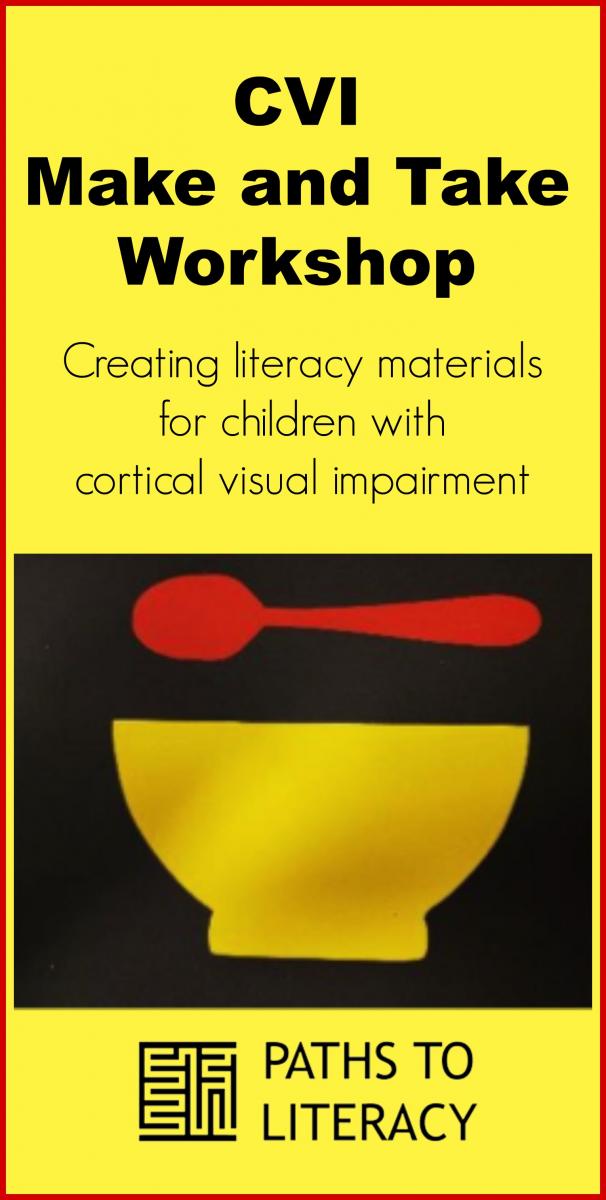CVI Make and Take Workshop
A fun part of the recent Oregon CVI Conference was a “Make and Take” portion that included producing over 180 CVI adapted books to get out to students with cortical visual impairment in Oregon . The conference was held April 4 – 5, 2019 and 90% of the Teachers of the Visually Impaired in Oregon attended. The Columbia Regional Program Blind and Visually Impaired Team planned, presented, and prepared power points and a plethora of book kits to support our teachers and students in Oregon. Additional examples and ideas were also displayed for literacy for students with CVI and adapting curriculum.
Using a Cricut cutting machine and searching for silhouette images on-line we were able to prepare silhouette figures (excellent for teaching salient features) for books that included Brown Bear, Brown Bear What Do You See? and an abbreviated version of Dr. Seuss’s One Fish,Two Fish. In seeking to meet some literacy needs of upper grade students we also offered book kits for the Life Cycle of a Frog and Phases of the Moon.
Diane Sheline inspired Three Little Flashlights, One Slinky Bouncing Up and Down, and Three Little Pom Poms that were made into sturdy books on foam core board and bound with black duct tape. Diane Sheline had also created a positional book about a yellow bucket and a red shovel. This was inspiration for a book we created with a yellow bowl and red spoon. The bowl was designed to resemble the yellow bowl in the ToAD Assessment Kit from APH. Teachers could also choose to make a simple alphabet book with red letters in one direction and yellow letters in the opposite direction. We had kits available to make yellow and red large number cards and referred teachers to the salient features of letters chart included in Christine Roman’s Cortical Visual Impairment: Advanced Principles. Kits were available to make weather card sets that we have found to be useful for adapting the daily activities in classrooms with students with CVI.
Making Books with Silhouette Images
Silhouette images can be uploaded into Cricut Design Space and placed on a grid system to be cut by a Cricut cutting machine. The images can be placed so that several can be cut at a time maximizing the use of the paper. We used glitter cardstock or holographic cardstock to cut images.

Black cardstock was used as the base for the pages (except for black sheep).
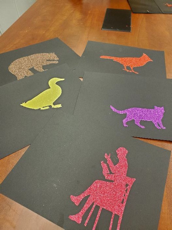
Each kit included words for the books that could be omitted, glued in, or glued in with a possible black cardstock cover depending on the student’s complexity level.
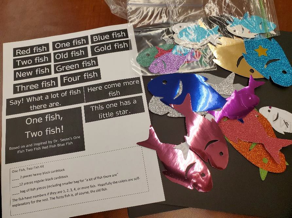
Science Books for Students in Upper Grades

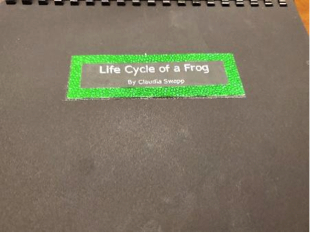
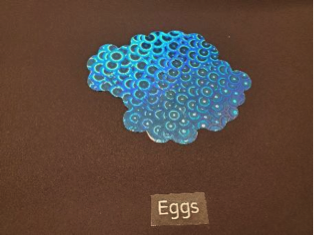
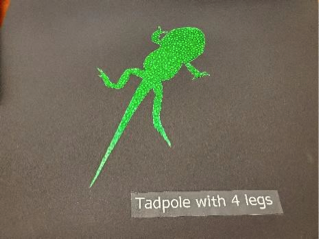
Making Foam Core Books
The foam core books were inspired by Diane Sheline. She has these books in expanded form on her website www.strategytosee.com. During a different conference where Diane presented and displayed some of her books, she had bound them with duct tape. The pages with large items could be placed one at a time on each other and bound with the duct tape till the books was complete. This makes for some sturdy books that can handle the real items attached to the pages.
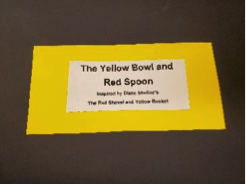
Diane's positional book about a yellow bucket and a red shovel was the inspiration for a book we created with a yellow bowl and red spoon.
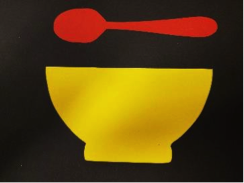
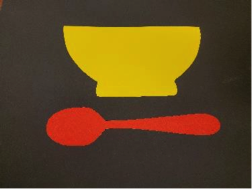

Other books inspired by Diane include Three Little Flashlights, One Slinky Bouncing Up and Down, and Three Little Pom Poms.
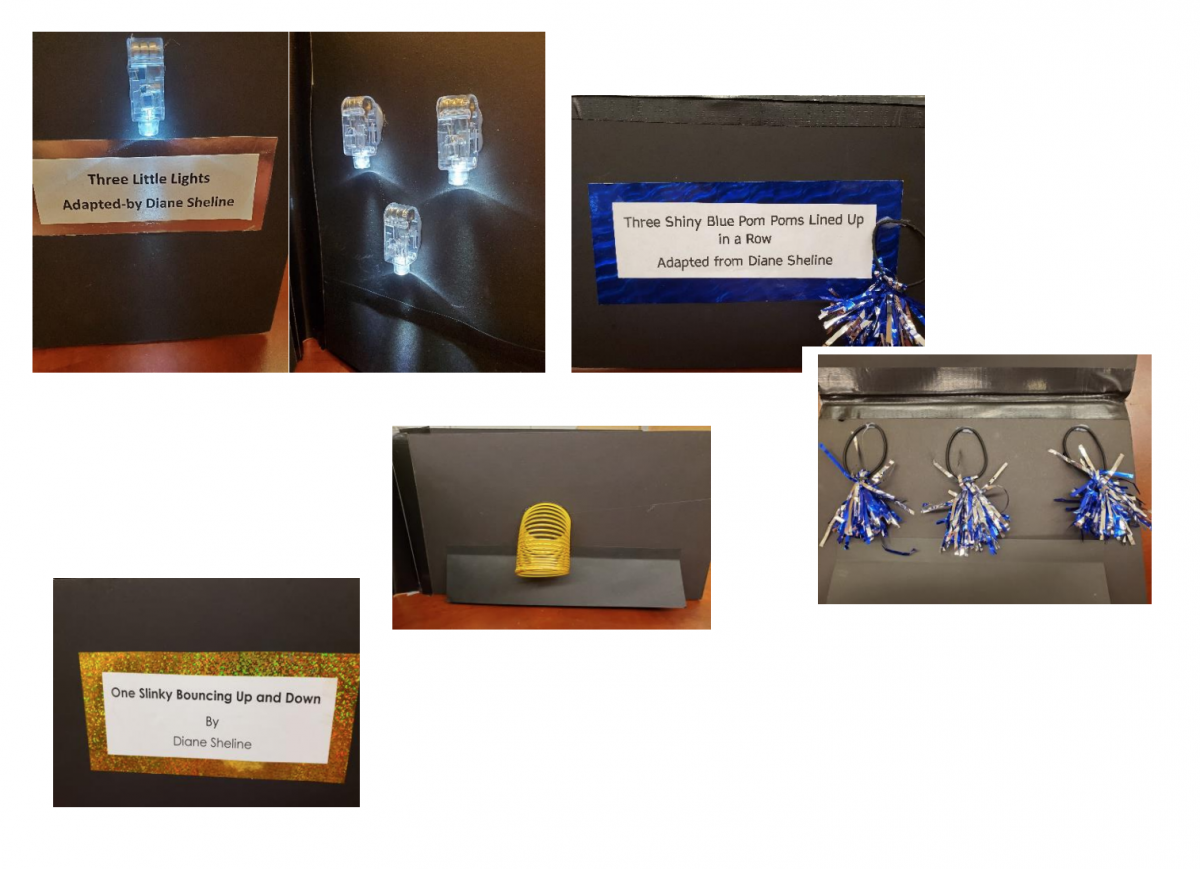
Pictures Used to Inspire Weather Cards
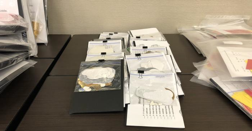
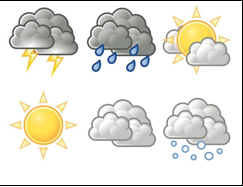
Alphabet Book
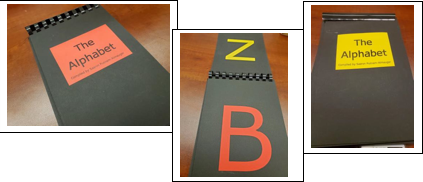
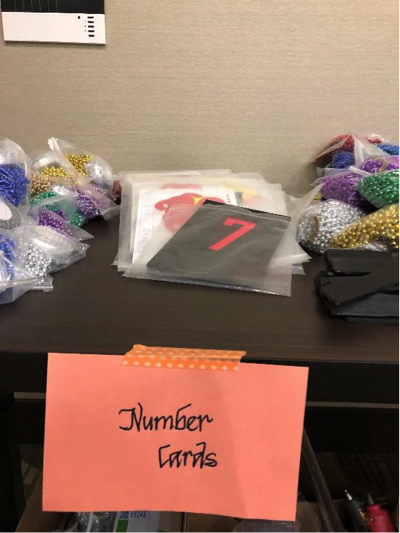
A heavier black cardstock (100 lb) was used for the number and weather cards.
Occluder
The first day of the conference participants also made an occluder that can be adjusted to isolate or minimize a picture or words in a book to decrease complexity. The occluder was designed by Claudia Swapp with in-put from Saaron Putnam-Almauger and Scott Wall. They were created using black plastic folders and brads colored black with a sharpie. Learn how to make your own occluder.
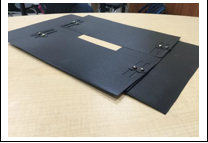
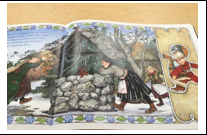
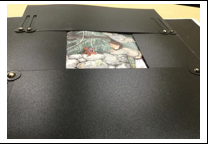
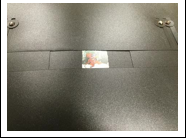
Frugal Literacy
There was also a short workshop on thrifty ways to create literacy materials for students including using laminate samples and paint chips from hardware stores to create sequencing activities, sources for notebooks and plastic canvas to create books, and an egg carton and other materials to create number identification.
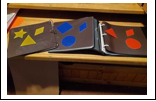
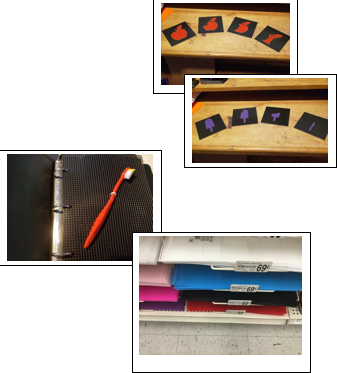
Creating inexpensive canvas books:
Take a simple egg carton…
Spray paint it black and then slit the points that stick up with an exacto knife. Stick cards in the slits and use the sections to hold items such as these clear plastic eggs with finger flashlights inside.
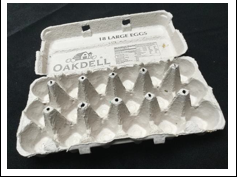
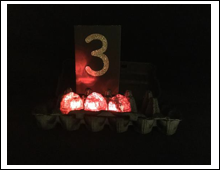
Children’s Books in the Goodwill bins in Oregon are only $.39 each! These two books came to a total of $.78. With some black cardstock, scissors, and glue I have some adapted books to talk about favorite character salient features.
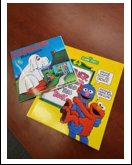
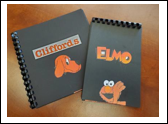
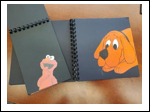
Read more about the conference.
